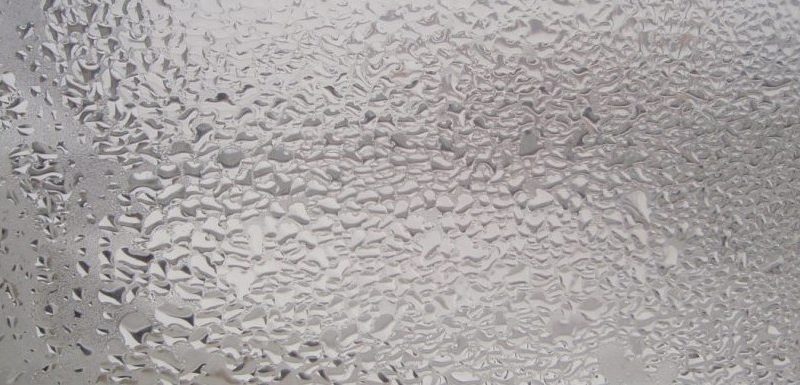Do your windows have a foggy appearance? Fortunately, as unsightly as it may be, window-fogging is a common phenomenon, and there are several ways of counteracting it, if not avoiding it altogether.
Why are My Windows Fogging Up?
In order to prevent windows from fogging up, you need to figure out what’s causing them to fog up in the first place.
Windows fog for several different reasons. All of them, however, can be reduced by the same phenomenon: airborne water vapour settling on a cold surface and condensing into tiny droplets.
These droplets diffuse light that passes through them, and thereby produce the ‘fogged’ effect.
Since glass is invariably among the coldest surfaces in the home, it’s here where you’ll first notice this fogging effect.
Windows fogging on the inside
Condensation on the inside of a window is caused by excessive humidity inside the home. You’ll notice this most often in winter, when the difference in temperature between the exterior and interior of the property is most pronounced. If you’re releasing a lot of moisture into the air by cooking or showering, then the problem is going to be even more apparent – which is why kitchens and bathrooms tend to be more affected than other rooms.
Windows fogging between panes
Double-glazed windows are formed of two glass panels, between which is sandwiched a layer of inert gas, typically argon. This gas is kept in place by air-tight seals running around the edges of the window. Should this seal start a leak, the gas will be able to escape.
This is usually noticeable when water-droplets appear the interior of the window, where they’ll condense. Manufacturers normally ship their double-glazed window with drying agents on the inside, which remove any moisture trapped during manufacture. If there’s a leak, however, these drying agents begin to lose their efficacy.
What Keeps Windows from Fogging Up?
There are two main ways in which you can prevent windows from fogging up.
- Raise the temperature of the glass so that water can’t settle.
- Reduce the amount of moisture in the air.
Since we want our windows to be as energy-efficient as possible, and there’s nothing we can do to alter the humidity outdoors, we should resign ourselves to the fact that fog on the outside of your window is a natural and largely unavoidable phenomenon. Fog on the inside of your windows, on the other hand, can often be corrected through proper ventilation.
A new window will be more efficient at keeping out drafts than an old one – and this can interfere with a building’s ability to properly ‘breathe’. This is why many new windows come with some form of ventilation built-in – most commonly, ‘trickle vents’, which constantly let in a steady stream of fresh air in the home (and let moist air out).
Other rooms may benefit from extractor fans – namely the kitchen and bathroom.
When you’re boiling pasta, crank the extractor to its maximum setting; it’ll suck up all the steam you’re creating. This will prevent water vapour from spreading throughout the room.
Similarly, an extractor fan near your shower will reduce moisture in your bathroom.
If your windows are fogging up even in environments where you aren’t creating moisture, you might consider investing in a dehumidifier.
Excessive airborne moisture doesn’t just cause your windows to fog up – it’ll also accelerate rot and other structural problems. This means you need to treat it seriously, even if you don’t need to see out of the window in your bathroom!
Do Foggy Windows Need Replacing?
If your windows are fogging up, then you might wonder whether your windows need replacing. If fog is forming between the panels of a double-glazed window, the answer is almost definitely yes. If this has happened, your window’s seal has been compromised and the unit will only continue to deteriorate over time.
You may be able to live with the problem initially, but eventually you’re going to need to get the windows replaced.


